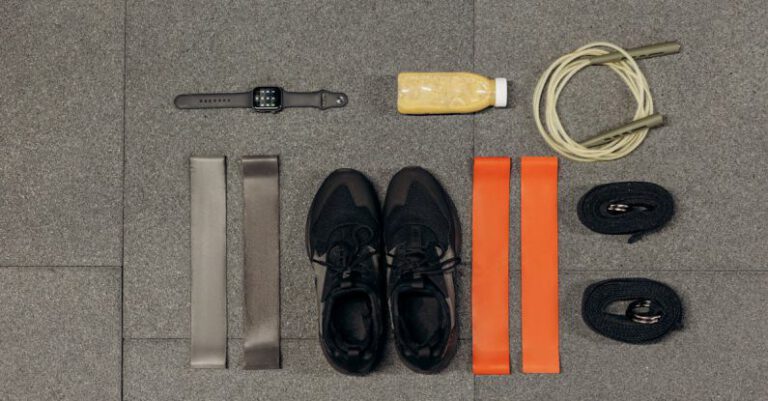
Cycling is an excellent way to improve cardiovascular fitness, build endurance, and strengthen leg muscles. However, to enhance your cycling performance further, incorporating strength training into your routine can be highly beneficial. Strength training helps to improve overall body strength, prevent injuries, and boost power output on the bike. In this article, we will explore ways to seamlessly integrate strength training into your cycling regimen to help you pedal with more power and efficiency.
The Importance of Strength Training for Cyclists
Strength training plays a crucial role in enhancing cycling performance by targeting muscle groups that may not be sufficiently engaged during cycling alone. By incorporating strength training exercises, cyclists can improve muscle imbalances, increase overall strength, and enhance power output. Additionally, building strength in key muscle groups can help prevent injuries by providing better support and stability during rides.
Choosing the Right Exercises
When incorporating strength training into your cycling routine, it is essential to focus on exercises that target the muscles used most during cycling. Key muscle groups to prioritize include the quadriceps, hamstrings, glutes, and core muscles. Compound exercises such as squats, deadlifts, lunges, and planks are highly effective in strengthening these muscle groups simultaneously.
Incorporating Plyometrics for Power
Plyometric exercises, which involve explosive movements, can help cyclists improve power output and speed on the bike. Incorporating plyometric exercises such as box jumps, jump squats, and power cleans into your routine can enhance your ability to generate force quickly, translating to more powerful pedal strokes during rides.
Utilizing Resistance Bands for Functional Strength
Resistance bands are a versatile tool that can be used to target specific muscle groups and improve functional strength for cycling. Exercises such as lateral band walks, clamshells, and banded hip thrusts can help strengthen the hip abductors and external rotators, which are crucial for stability and power transfer while cycling.
Integrating Core Work for Stability
A strong core is essential for maintaining proper posture and stability on the bike, especially during long rides or challenging terrain. Incorporating core exercises such as planks, Russian twists, and bicycle crunches can help strengthen the abdominal and oblique muscles, improving overall core stability and preventing lower back pain.
Balancing Strength Training with Cycling
When incorporating strength training into your cycling routine, it is important to strike a balance between the two to avoid overtraining or fatigue. Aim to schedule strength training sessions on non-cycling days or after easy rides to allow for proper recovery. Listen to your body and adjust the intensity and volume of both cycling and strength training sessions based on how you feel.
Tracking Progress and Adjusting Your Routine
To ensure that your strength training is effectively complementing your cycling performance, track your progress regularly. Keep a training log to monitor improvements in strength, power, and endurance. If you find that certain exercises are not yielding the desired results or causing discomfort, don’t hesitate to adjust your routine and seek guidance from a coach or trainer.
Closing Thoughts: Enhancing Your Cycling Performance
Incorporating strength training into your cycling routine can greatly benefit your overall performance on the bike. By focusing on key muscle groups, incorporating plyometrics, utilizing resistance bands, and prioritizing core work, you can improve strength, power, and stability for more efficient and enjoyable rides. Remember to balance your strength training with cycling, track your progress, and make adjustments as needed to optimize your training regimen and achieve your cycling goals.





